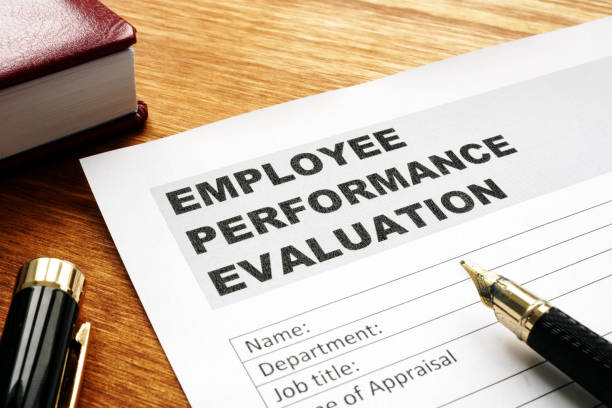A guide to crafting effective employee review templates for organizational growth

Introduction
Employee reviews have long been a pivotal part of HR processes. They bridge the gap between management and the workforce, providing a clear roadmap for personal and professional growth. At the heart of a successful employee review lies the employee review template. A systematic, well-structured template can make all the difference in the outcomes of these reviews. This article delves deep into the world of employee review templates, shedding light on its importance, benefits, and components, ensuring you have the best tools at hand to foster growth and productivity.
Employee Review Template: A Deep Dive
Every organisation, big or small, understands the importance of regular employee reviews. But what makes an employee review truly effective? The answer lies in the template used. The employee review template not only structures the feedback but also ensures that it is comprehensive and fair.
Why Every Organization Needs a Standardised Review Template
– Consistency Across Reviews: A standardised template ensures that every employee, regardless of their department or seniority, is evaluated on the same criteria.
– Time-Saving: It eliminates the need to start from scratch every time a review is conducted.
– Ensuring Comprehensive Feedback: A detailed template will encompass all areas of an employee’s performance, ensuring nothing is missed.
Components of an Effective Review Template
– Clear Objectives: Define what the review aims to achieve.
– Employee Information: Basic details like name, department, and date of joining.
– Performance Metrics: Quantifiable metrics to assess the employee’s performance.
– Feedback Section: Space for managers to provide feedback, both positive and constructive.
– Goals for the Next Review Period: A section to outline what is expected from the employee in the next review cycle.
Benefits of a Robust Employee Review Template
An effective review template isn’t just a form; it’s a tool that can bring about numerous advantages for both employees and organisations.
For Employees
– Clear Understanding of Expectations: Knowing what’s expected can help employees align their efforts accordingly.
– Motivation Boost: Positive feedback can serve as a significant morale booster.
– Career Growth: Constructive feedback points out areas for improvement, paving the way for personal and professional growth.
For Employers
– Productivity: Clearly defined expectations and feedback lead to increased productivity.
– Employee Retention: Regular and fair evaluations make employees feel valued, reducing turnover rates.
– Goal Setting: It helps in setting clear, achievable goals for the workforce.
Customising Your Template: Tailoring to Your Needs
While there are many standard templates available, it’s crucial to customise them to fit the unique needs of your organisation. This ensures that the reviews are both relevant and effective. Consider the company’s ethos, industry-specific challenges, and individual job roles when customising your template.
Making the Most of Your Review Sessions
Having a detailed template is just the first step. The actual review session is where the magic happens. Here are some tips to ensure that these sessions are as productive as possible:
– Be Prepared: Familiarise yourself with the template and the employee’s past performance.
– Encourage Open Communication: Create an environment where the employee feels safe to express their thoughts and concerns.
– Focus on the Future: While it’s essential to discuss past performance, the primary focus should be on growth and the future.

FAQs
- How often should employee reviews be conducted?
Typically, organisations conduct employee reviews annually. However, some companies are now moving towards quarterly or even monthly reviews to provide more immediate feedback.
- What should an employee do if they disagree with the feedback?
It’s essential for employees to communicate their concerns during the review session. Open dialogue can clarify misunderstandings and ensure that both parties are on the same page.
- Are peer reviews beneficial?
Yes, peer reviews can provide a different perspective on an employee’s performance and can be a valuable addition to managerial feedback.
- How can one ensure the feedback is unbiased?
Using a standardised template and training managers on objective evaluations can help reduce biases in feedback.
- Is it essential to have a separate section for positive feedback?
Absolutely! Positive feedback is crucial as it recognizes and reinforces good behaviour, motivating employees to maintain or even improve their performance.
- Should an employee’s self-assessment be part of the review process?
Yes, it offers insight into the employee’s self-awareness and can highlight discrepancies between their perception and the manager’s feedback.
Conclusion
The employee review template is not just a document but a strategic tool that can greatly impact an organisation’s workforce dynamics. Implementing a comprehensive, customised template can pave the way for clearer communication, growth, and a more motivated workforce. With the insights shared in this article, you are now equipped to make the most of your employee review processes and drive your company towards unparalleled success.
External Links/ Sources:
How to Conduct a Great Performance Review
6 Performance Review Tips For Writing A Better Self Evaluation
